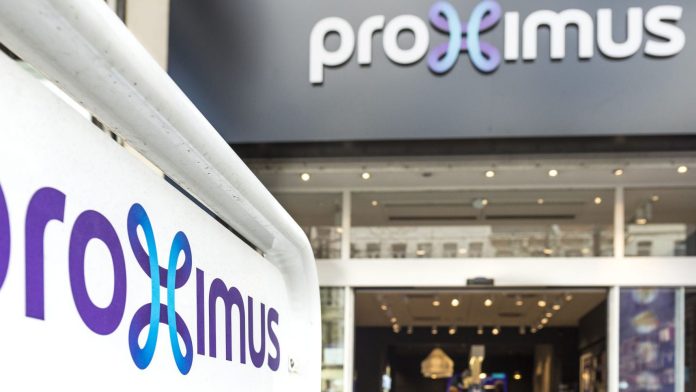Device availability, network flexibility, and technical features give LoRaWAN the edge on NB-IoT today, reckons Proximus. But competition between the two IoT technologies will grow closer, it expects. Meanwhile, Sigfox is missing in action, having apparently retreated from the kinds of metering and smart-city IoT tenders it fought for a few years back.
Vincent Hebbelynck, head of technology incubation and innovation at Proximus, told Enterprise IoT Insights LoRaWAN and NB-IoT serve different functions in the Belgium-based operator’s connectivity portfolio – because of different technical capabilities, but also because of compatible devices and solutions. As the NB-IoT pipeline improves, the pair will be more closely matched.
Proximus is among a rare breed of cellular operator, which has elected to offer non-cellular low-power wide-area (LPWA) networking, in the form of LoRaWAN, alongside newer LTE-based IoT technologies. Others cellular operators offering LoRaWAN as an alternative to NB-IoT or its sister-technology LTE-M include Orange, KPN, and Softbank.
Hebbelynck said: “LoRaWAN has really advanced in terms of the maturity of the devices. NB-IoT is still lacking – the broad portfolio of devices is not there.”

Meanwhile, Hebbelynck said Proximus hardly comes across Sigfox anymore, as it goes about connecting utilities and cities to its LoRaWAN and NB-IoT networks. “It’s still there, which is good, because the market is struggling for maturity, and we’re spending lots of time convincing customers IoT helps with their digital transformation. But we see less competition from Sigfox than before.”
Proximus launched its LoRaWAN and NB-IoT offerings in direct response to customer demand, he said, which came from the buildings-management sector in the case of LoRaWAN and from a national electricity provider in the case of NB-IoT.
The technical differences between LoRaWAN and NB-IoT make both technologies important to the Belgian operator’s IoT offer, said Hebbelynck. “They are pretty differently positioned, I would say.
LoRaWAN is the better technology for water meters, say, which require long-life devices – “for 15 years, which is not something we can even imagine with NB-IoT, today.” By contrast, electricity meters make higher demands of bandwdith, throughput, and coverage, and none at all of power consumption. NB-IoT offers 200kbps on 200 kHz, compared with 50kbps on 125 kHz – and piggybacks on existing LTE infrastructure for wider reach.
“It was a combination of high bandwdith and indoor coverage. The bandwidth aspect was a killer for NB-IoT, and it offers deeper indoor penetration because we are reusing our dense 4G network. And the fact there was no constraint on batteries – because LoRaWAN is really ahead in terms of power consumption.”

The IoT market is also young, he said, and selling relies on collaboration and consultancy – the technology soution has to fit the business problem. “Technology, for technology’s sake, is not relevant for the customer – we will choose the best one,” said Hebbelynck.
That is the theory, anyway; sometimes it just comes down to whether devices are available, and LoRaWAN is winning business from NB-IoT for this reason. “You have to link the conversation back to devices at some point. So yes, we will in some cases go to Lo- RaWAN because that’s where devices exist,” he said as well.
Indeed, Hebbelynck suggested NB-IoT may even be considered the most appropriate technology, in more business cases, if it can address its halting progress with devices and solutions, and develop better battery technology.
“If the ecosystem matures and the battery technology evolves, it could come closer. It will take a few years, but competition between the two should increase. But today we are happy to have both – because we wouldn’t be able to serve all the different use cases and customers with either one.”
Proximus will take the same approach to LTE-M, and launch when demand is there. “Our position on LTE-M is, again, rather opportunistic. If there is a specific need or big demand, which could only be served with LTE-M, then we would look at it. But it’s not a service we offer yet.”
Proximus is looking to finalise roaming between its public LoRaWAN network, and equivalents from Orange and KPN. All use the same network infrastructure, from LoRaWAN vendor Actility. Hebbelynck said LoRaWAN roaming, which remains patchy at best, will continue to be enabled through the LoRa Alliance quickly enough, but that most applications do not seek to go abroad.
“We’re talking about setting up with neighbouring countries. That will happen quickly, but most use cases today are national. There is not much demand for trans-border roaming,” he said.
Check out the new report on the state of the LPWA market, available July 23 – go here for latest reports.

